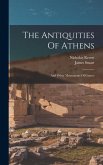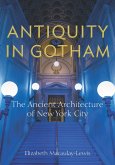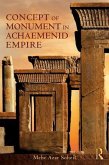During the Hellenistic period, the North Aegean Sea was a dynamic and diverse area, linked by robust trading networks and sometimes precarious political allegiances. The islands of Thasos, Samothrace, and Lesbos in particular played crucial roles in their position between Anatolia, Macedonia, Thrace, and Greece. Migration, trade, and politics--not to mention the specifics of sites and climate--shaped the development of architecture, which pioneered many innovations that subsequently spread across the Mediterranean. Employing the idea of networks to effectively describe the interconnectedness of design, materials, technology, religion, and politics, the contributors to this volume establish the need to understand this important region holistically and on its own terms. Taking a close look at major buildings and monuments--while considering technique, design, and decoration as elements of a vigorous web--this volume offers important insights about the area's significance in the history of Hellenistic architecture, including lasting innovations in architectural illusion, Ionic entablature, and groundbreaking uses of marble and plaster. From the North Aegean, such principles and tactics were transmitted to the rest of the Hellenistic world, influencing Roman architecture and, from there, Western architectural history.
Hinweis: Dieser Artikel kann nur an eine deutsche Lieferadresse ausgeliefert werden.
Hinweis: Dieser Artikel kann nur an eine deutsche Lieferadresse ausgeliefert werden.








